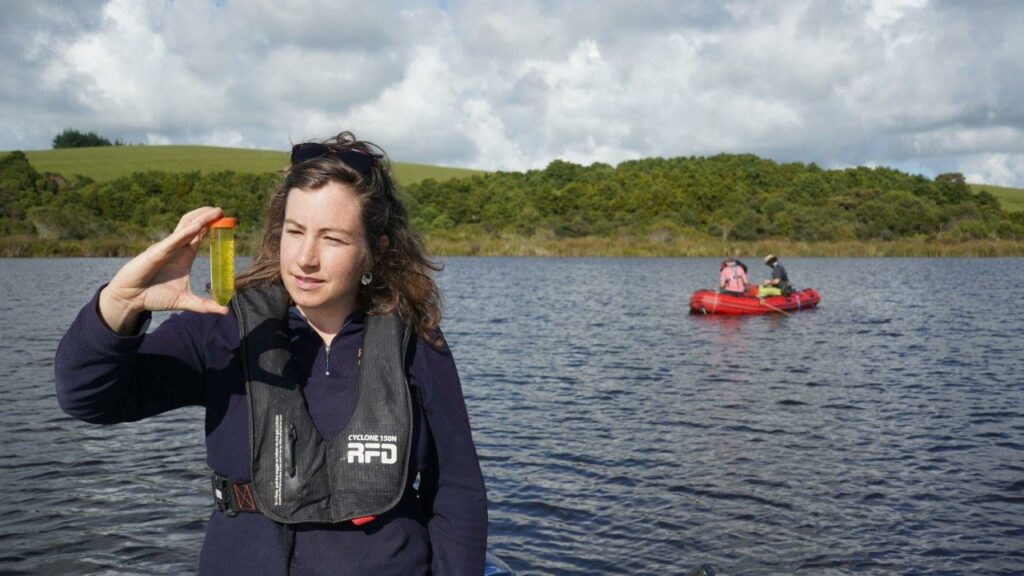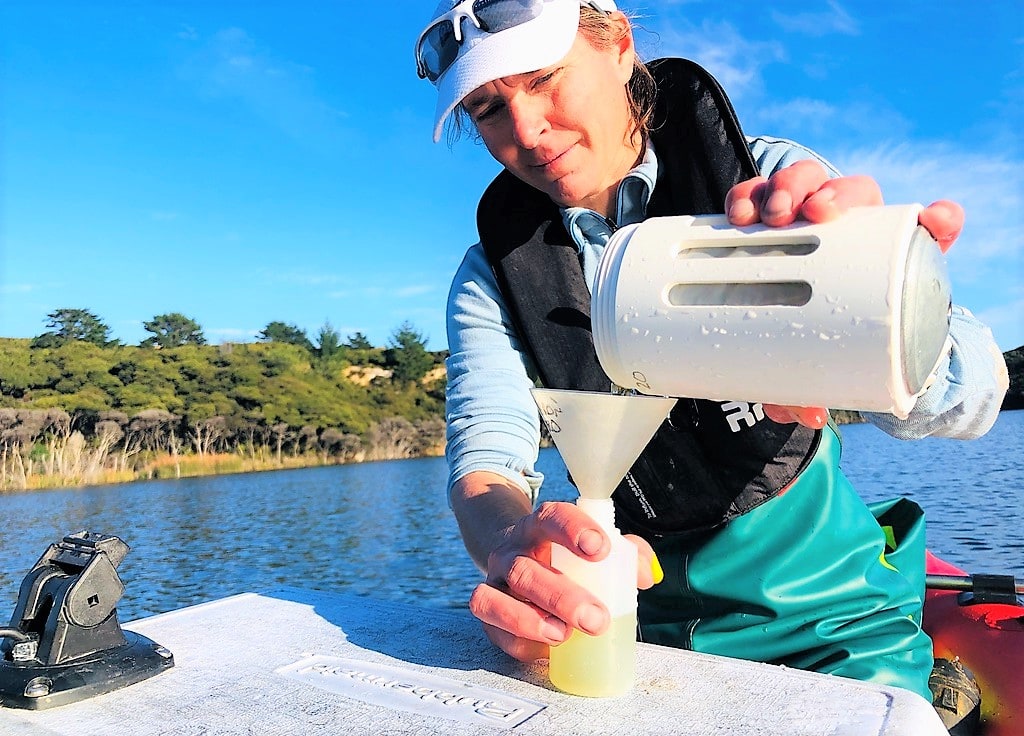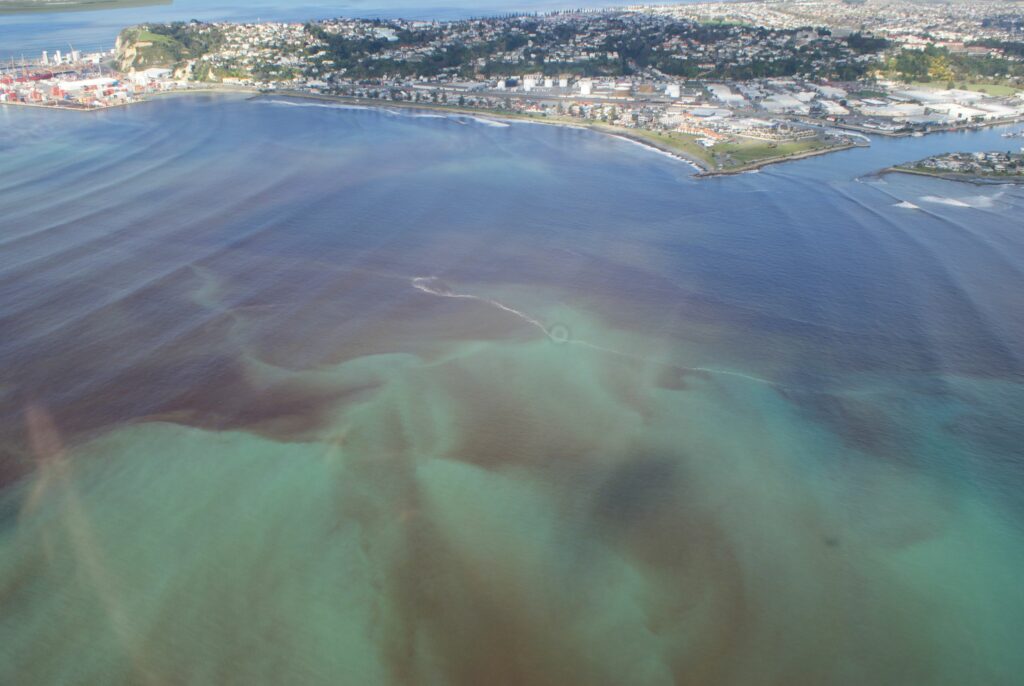Detecting and Monitoring Harmful Algae with eDNA
eDNA can be used to detect harmful algae in freshwater and marine environments.

Harmful Algae
Algae play essential roles in aquatic ecosystems and the planet as a whole. However, some algae can form harmful algal blooms (HABs) and can cause unpleasant odours and tastes in our drinking water or even release toxins that are dangerous for wildlife and humans.

eDNA for Monitoring Algae and Toxins
Monitoring and management strategies are crucial to control the impacts of algae and their toxins which is why Cawthron scientists have developed a suite of tests for them.

Assays For Harmful Algae
| Common Name | Scientific Name | Description |
|---|---|---|
| Cyanobacteria | Microcystis, Dolicosperimium, Microcoleus | Tests for key bloom forming species |
| Cyanotoxins | Saxitoxins, microcystins, cylindrospermins, nodularin, anatoxins | Tests for key cyanotoxin genes |
| Harmful marine species | Alexandrium pacificum, A. minutum, A. ostenfledii, A. catenella, Gymnodinium catenatum, Karenia spp., Gambierdiscus & Fukuyoa spp., Azadinium spp. | A suite of toxic marine species |
| Saxitoxin | A key toxin produced by cyanobacteria and algae | |


